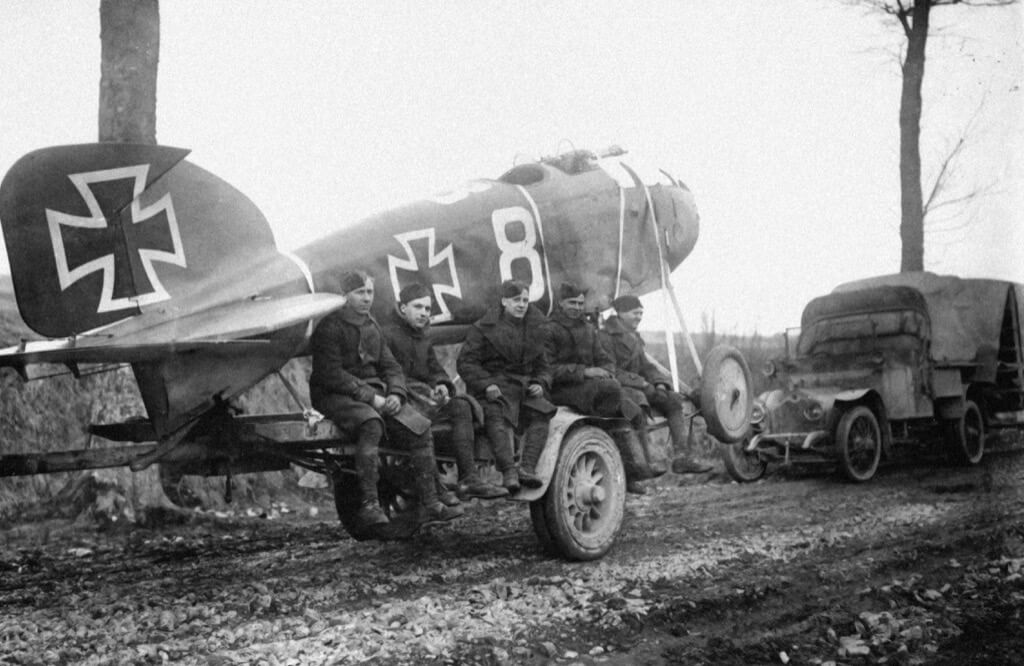The narrative surrounding World War II is one deeply entrenched in the annals of history, but the perspective from which it is viewed can vary greatly. As we delve into the lessons imparted by different nations involved in the war, we find Japan to be a peculiar case study. Unlike many countries that often embellish their historical narratives, Japan’s approach to educating its citizens about World War II is marked by notable omissions and minimal emphasis on the darker chapters of its past.
World War II witnessed the emergence of military powers that would leave indelible scars on the nations they occupied. Japan’s imperial ambitions led to a series of grave war crimes and atrocities that still reverberate through the collective memory of affected countries. From the infamous Nanjing Massacre to the harrowing plight of “comfort women,” Japan’s wartime actions left an enduring legacy of suffering.
In the darkest corners of Japan’s wartime history lies Unit 731, a clandestine military outfit that conducted gruesome experiments on human subjects. From vivisections without anesthesia to amputations, organ removals, and bizarre scientific inquiries, the researchers of Unit 731 pushed the boundaries of human cruelty in the name of scientific discovery.
Selective Education
The striking aspect of Japan’s educational approach is its selectiveness in covering the events of World War II. Unlike many nations that delve deeply into their wartime history, Japan appears to skim the surface. Shockingly, history textbooks in prominent Japanese schools allocate a mere fraction of their pages to the critical period of 1931 to 1945. The Nanjing Massacre, one of the most egregious events of the war, is relegated to a single line. This marked omission raises questions about how Japan chooses to remember its past.
A Tale of Atomic Bombs
The narratives handed down to subsequent generations of Japanese citizens often offer a different perspective on World War II. It is not uncommon to encounter accounts that frame the war as a series of unexplained American atomic bomb attacks. This narrative, one of innocence and victimhood, presents a stark contrast to the historical record and raises intriguing questions about the shaping of collective memory.
The narrative surrounding World War II is one deeply entrenched in the annals of history, but the perspective from which it is viewed can vary greatly. As we delve into the lessons imparted by different nations involved in the war, we find Japan to be a peculiar case study. Unlike many countries that often embellish their historical narratives, Japan’s approach to educating its citizens about World War II is marked by notable omissions and minimal emphasis on the darker chapters of its past.
Japan’s Role in WWII
World War II witnessed the emergence of military powers that would leave indelible scars on the nations they occupied. Japan’s imperial ambitions led to a series of grave war crimes and atrocities that still reverberate through the collective memory of affected countries. From the infamous Nanjing Massacre to the harrowing plight of “comfort women,” Japan’s wartime actions left an enduring legacy of suffering.
In the darkest corners of Japan’s wartime history lies Unit 731, a clandestine military outfit that conducted gruesome experiments on human subjects. From vivisections without anesthesia to amputations, organ removals, and bizarre scientific inquiries, the researchers of Unit 731 pushed the boundaries of human cruelty in the name of scientific discovery.
The striking aspect of Japan’s educational approach is its selectiveness in covering the events of World War II. Unlike many nations that delve deeply into their wartime history, Japan appears to skim the surface. Shockingly, history textbooks in prominent Japanese schools allocate a mere fraction of their pages to the critical period of 1931 to 1945. The Nanjing Massacre, one of the most egregious events of the war, is relegated to a single line. This marked omission raises questions about how Japan chooses to remember its past.
Japan’s Educational Landscape
Understanding how Japan educates its youth about World War II requires insight into the country’s educational system. Japan’s school system is known for its rigor, structure, and emphasis on discipline. It plays a crucial role in shaping the perspectives of young Japanese citizens, including how they perceive their nation’s history, particularly regarding World War II.
Japan’s education system is divided into several key stages, each with its own curriculum and objectives. These stages include:
Primary Education: Primary education in Japan is compulsory and covers six years, typically from age 6 to 12. It focuses on fundamental skills such as reading, writing, mathematics, and social studies.
Lower Secondary Education: After completing primary education, students move on to lower secondary school, which spans three years from age 12 to 15. Here, they receive a broader education, including subjects like science, foreign languages, and physical education.
Upper Secondary Education: Upper secondary school lasts for three years, from age 15 to 18. This stage is not compulsory, but the majority of students continue their education. It offers a more specialized curriculum, with a focus on college or vocational preparation.
Higher Education: After upper secondary school, students can pursue higher education at universities, colleges, or vocational schools. Higher education in Japan is highly competitive, with entrance exams determining admissions.
Textbooks are a crucial component of Japan’s education system. They are carefully curated and approved by the Ministry of Education, Culture, Sports, Science, and Technology (MEXT). These textbooks play a significant role in shaping what students learn and how they perceive historical events.
When it comes to World War II, Japanese education faces several challenges. One of the primary challenges is the delicate balance between acknowledging the nation’s wartime actions and fostering a sense of patriotism and pride among students. This balance often results in selective education, where certain aspects of Japan’s wartime history are downplayed or omitted.
The Narrative of Post-War Japan
The narratives handed down to subsequent generations of Japanese citizens often offer a different perspective on World War II. It is not uncommon to encounter accounts that frame the war as a series of unexplained American atomic bomb attacks. This narrative, one of innocence and victimhood, presents a stark contrast to the historical record and raises intriguing questions about the shaping of collective memory.
- Enhancing Trust with Blockchain Identity Verification - January 24, 2024
- How Marijuana Turns You into a Food Lover - December 1, 2023
- Behind the Scenes of the U.S. Nuclear Gun - November 28, 2023

